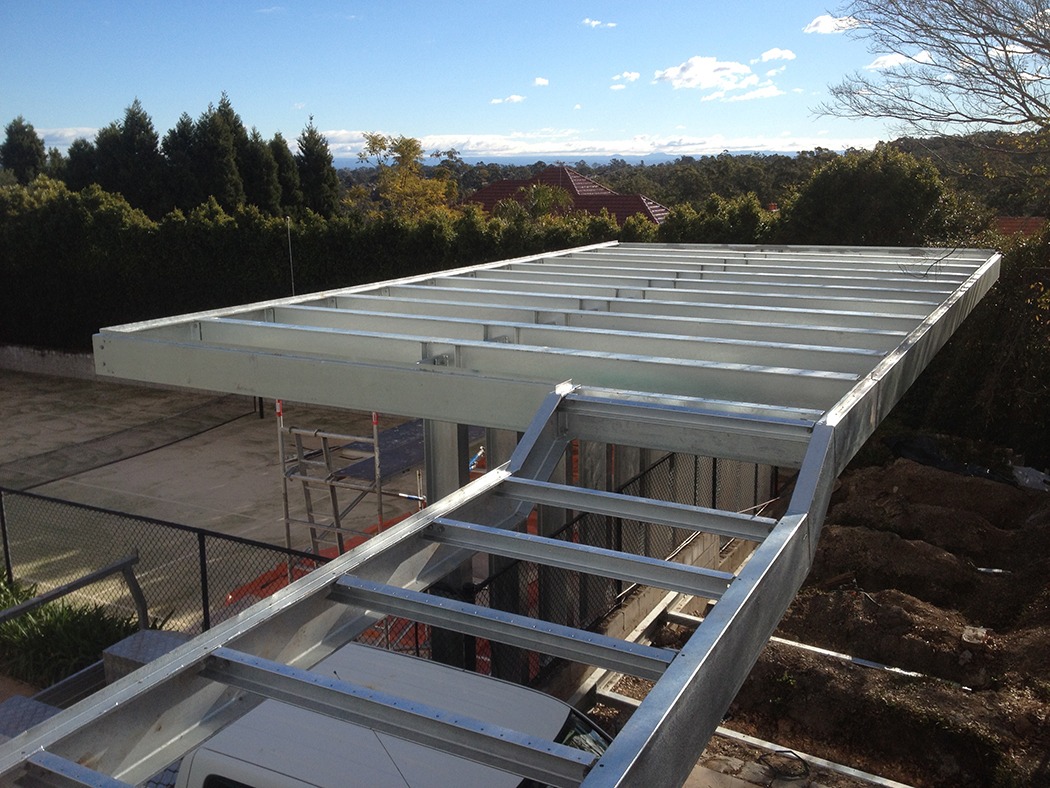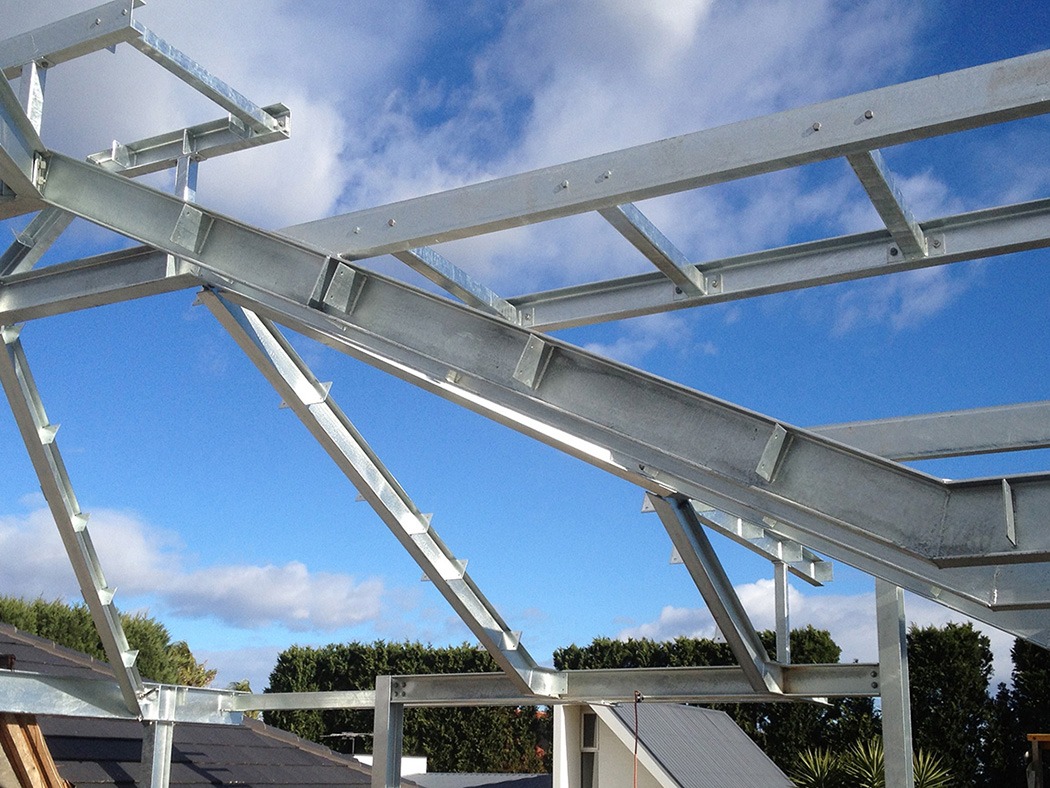The Best Welding Aprons And Bibs
It’s essential to ensure that you protect as much of your body as possible while welding, to avoid burns and other harmful scrapes.
That’s why a good quality welding apron is such a good idea; not only will it protect the front of your body, but it usually extends down to protect your legs, as well.
The best welding aprons will feel sturdy and protective; they should have adjustable straps to hold them in place securely; they should be quick and easy to take on and off. Luckily, we’ve scoured the market to find nine of the best welding aprons that fulfill all these criteria!
1. Steiner 92166 Bib Apron
The Good
Whether you’re large- or small-framed, tall or short, you’ll find that this apron fits really well. This is because it features adjustable straps and a long length so it will hold securely in place while protecting the whole of your front. It’s been stitched with Kevlar thread and reinforced at all the major stress points, so this apron is incredibly durable.
Add on the fact that it’s made from leather and you really do have a solid, sturdy piece of kit. The leather material is flexible (so it’s comfortable to wear for long periods), while guarding against heat, sparks, abrasion, cuts and many other risks. Finally, it’s been fitted with a quick release buckle which makes slipping it on and off quick and effortless.
The Bad
This apron doesn’t come fitted with a waist strap, which is surprising from a brand such as Steiner. The result of this is that it doesn’t always feel like it’s staying in place all that well, which might leave you feeling a little exposed and vulnerable.
Also, it’s not really suitable for heavy-duty welding, but if you only intend to use it for light duty welding then it should be more than adequate!
Conclusion
If you don’t mind fashioning your own waist strap to hold it in place, then this apron is a good buy!
Find On Amazon.com
2. Hobart 770686 Cotton Welding Apron

The Good
This apron is made from flame-retardant cotton so you can be guaranteed good protection from heat and sparks. However, as it’s not leather, it’s also very comfortable and lightweight to wear, which is something that you’ll really notice after you’ve had it on for long periods of time. The waist strap is elastic as well as being adjustable, a feature which makes it so much more comfortable than the waist straps on many other welding aprons.
It always feels like it’s held in place securely, which is really important when it’s so quick and easy to take off and on. Although this apron is ideal for welding, it’s also suitable for a wide range of other uses too – both inside and outside the workshop.
The Bad
This apron is unlined. This might be an unattractive feature for some, but on the plus side, it does reduce the weight significantly, meaning that this apron isn’t as heavy as most others that are lined. However, this thin, lightweight nature says that it isn’t really suitable for heavy duty welding or extremely high temperatures so there may be limitations on how much you can actually use it.
Also, several wearers have found the neck strap to be too long, while others who have larger frames find that as it’s one size fits most, it’s a little too tight.
Conclusion
This is an impressively cool, lightweight apron for light duty welding.
Find On Amazon.com
3. Lincoln Electric Flame-Resistant Leather Welding Apron

The Good
Many leather products (including welding aprons) can’t stand up to the elements all that well, but this split cowhide apron is weather-resistant. As a result, it is suitable for use outdoors, even in damp conditions. Not only is it durable and protective against heat, spatter and flame, but it also feels durable and well made.
This gives you a strong sense of security and protection when you’re wearing it. Lincoln Electric has made the apron with adjustable straps to ensure that it always fits well; these straps also provide that the weight of the apron is evenly distributed, which makes it remarkably comfortable to wear over long periods. Your shoulders will feel noticeably less tense and sore after a full day of welding!
The Bad
Although it does have adjustable straps, this apron only comes in one size. As a result, larger frames might find it a bit tight or the straps marginally too short.
Conclusion
Overall, this is a solid, well-made piece of kit that will keep you well protected from both the elements and dangers associated with welding.
What Do Steel Fabricators Do?
Revered for its strength, versatility and value, steel and its derivatives have been one of the most widely used materials in construction (among other industries) for centuries. However, the implementation of iron in the building would not be possible without the involvement of steel fabricators. What do steel fabricators do? Let’s take a look.

Any industry that deals with metal requires fabrication, and without the work of steel fabricators, the implementation of steel would not be possible. Here’s a rundown of what fabricators do.
The Craft of Steel Fabricators
In essence, steel fabricators use a variety of techniques to turn central steel sections into predefined shapes, ready to be implemented in construction. Fabricators work closely alongside steel detailers and drafters, who provide detailed drawings and designs which fabricators essentially bring to life. This requires a keen eye for details, an array of tools and techniques, and an extensive knowledge of the properties of steel. Steel products need to arrive on site ready to install and thus need to be manufactured with full precision by the steel fabricator.
Steel Fabrication Processes
The processes that steel fabricators use have come a long way since steel was first harnessed for mass production in the 17th century. This is due mostly to considerable advances in computer technology such as Computer Numerical Control (CNC) systems which monitor and control the movement of machines that fabricators use such as routers, welders and laser cutters. 3D modeling has also made it easier to visualize even the most complex components.
Here are some common manipulation techniques used by steel fabricators:
Shot blasting
Shot blasting is the process of blasting steel sections with a shot (small steel beads) to remove any impurities, preparing the metal for fabrication. The main reason shot blasting is necessary is to provide a clean finish that will be easy to weld as well as a rough surface that will accept paint. It is a crucial technique in a variety of industries including construction, auto and shipbuilding and the production of various steel structures like pipelines, silos, and tanks.
Cutting
Fairly self-explanatory, steel cutting in the process of cutting up steel sections before fabrication so that they are easier to work with, or cut down to size for customs purposes. Steel sections are cut using some techniques including flame cutting, plasma cutting and cutting with a circular saw.
Bending
Modern applications of steel in modern architecture and construction require more intricate steel shapes and elements. Fabricators can achieve this by using some tools and techniques. A typical example is to pass a steep section through a roll bender numerous times until the required arc is completed. Press braking can be used for more straightforward bends involving lengths of steel up to 12 meters long.
Welding
Steel fabricators are master welders. Welding employs high heat to melt the parent material with whatever is being attached. When the weld pool solidifies, the two elements then are fused together. It is a technique that is ubiquitous in steel fabrication.
Coating
Steel often requires a coating for both practical and aesthetic purposes. Galvanisation, which is the process of coating the steel surface with zinc to hinder corrosion, is a standard process. Custom colors and looks may also be requested by an architect which requires coating with paint. This usually happens at the end of the fabrication process.
Who Uses Steel Fabricators?
Any industry that uses metal will no doubt require the services of a steel fabricator. Typical industries that require steel fabrication:
• Construction
• Shipbuilding
• Auto manufacturing
• Mining
• Civil infrastructure
The following are just some of the many products that are commonly fabricated:
• Universal Beams
• Universal columns
• Bar Joists
• Platforms
• Ladders
• Pipe racks
• Trusses
• Grating
• Skids
• Custom steel projects
If you are in need of quality steel fabrication contact Steel Fabrication Services today. Our team of experienced and knowledgeable professionals will ensure that whatever you need will be fabricated to the highest standards, according to your specifications, and delivered when you want and need it.
A similar blog post we wrote Welding Terminology and Abbreviations
Australian General Engineering is a Melbourne based General Engineering business that provides a comprehensive range of complete sheet metal fabrication Services
The post The Best Welding Aprons And Bibs appeared first on Australian General Engineering.
from Australian General Engineering http://www.austgen.com.au/the-best-welding-aprons-and-bibs/
via IFTTT

Comments
Post a Comment